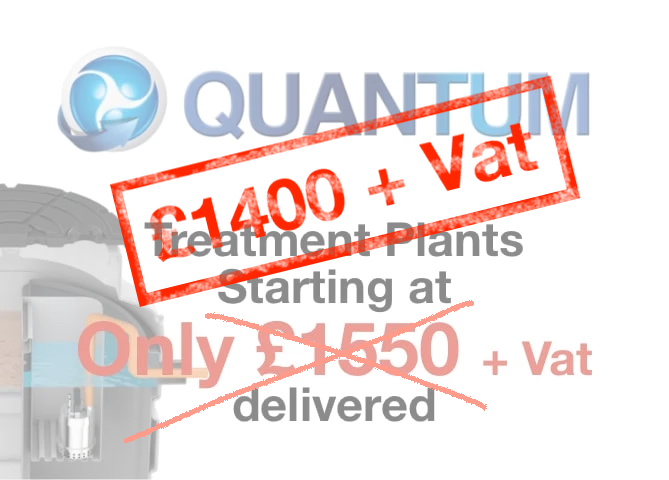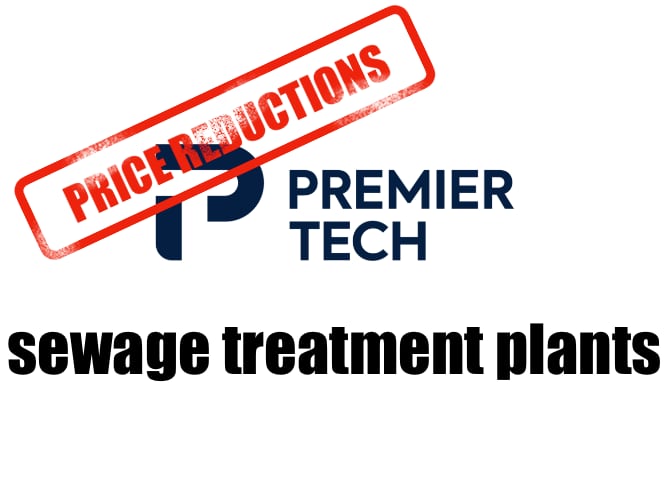
SBR (Sequencing Batch Reactor):
A Sequencing Batch Reactor is a type of wastewater treatment system that operates in a batch mode. It is designed to treat sewage in a sequence of steps, where the treatment processes occur in specific time-based stages within a single tank. The SBR system typically consists of the following phases:
a. Filling: Wastewater is added to the reactor tank.
b. Reaction: Biological treatment occurs, where microorganisms break down organic matter.
c. Settling: The treated water is allowed to settle, and the solid particles (sludge) settle to the bottom.
d. Decanting: The clarified water is decanted from the top, leaving the settled sludge behind.
e. Idle: The system remains idle before starting the next batch.
SBR systems are efficient, flexible, and often used for small to medium-sized sewage treatment plants.
ASP (Activated Sludge Process):
The Activated Sludge Process is one of the most widely used biological treatment methods for sewage. It is a continuous-flow process where the wastewater is mixed with a culture of microorganisms (activated sludge) in aeration tanks. The microorganisms consume organic pollutants in the wastewater, and then the mixture is separated into treated water and sludge.
The key differences between SBR and ASP systems are:
Operating Mode: SBR operates in a batch mode, while ASP operates in a continuous-flow mode.
Flexibility: SBR systems can be more flexible in handling variable flow rates and loadings since each batch is treated independently. ASP systems may require additional tanks or modifications to handle varying influent conditions.
Construction and Footprint: SBR systems require fewer tanks than ASP systems, which can result in a smaller physical footprint for SBR plants.
Energy Efficiency: SBR systems can be more energy-efficient due to the possibility of optimizing aeration times and idle periods.





















%20-%20500kb-190x190h.jpg)



Leave a Comment